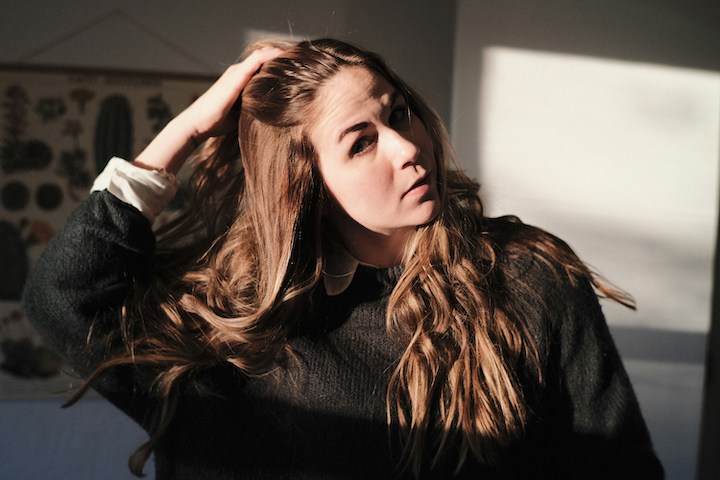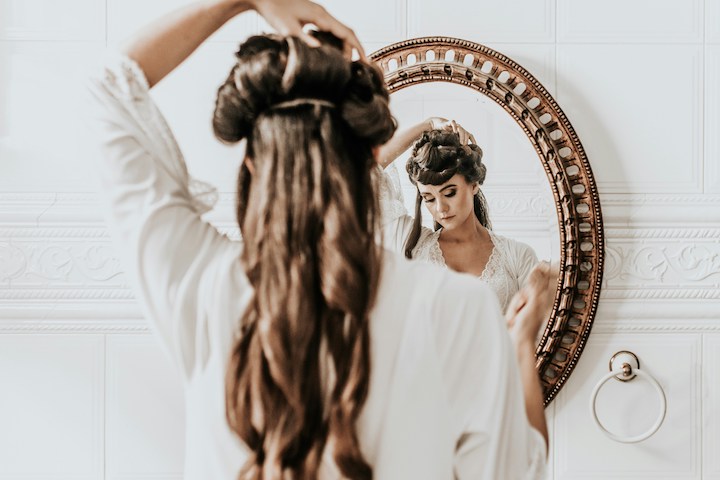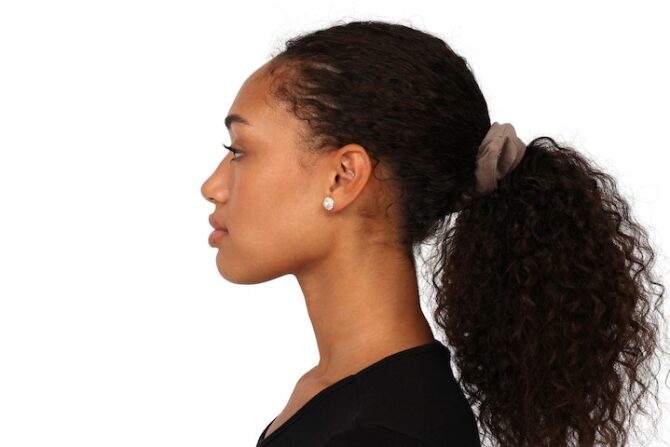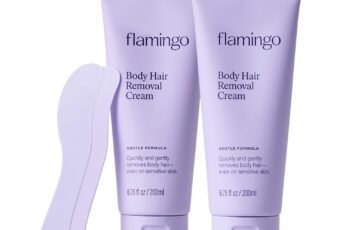Have you ever looked in the mirror and thought, “Why is my hair this color?” Or maybe wondered why some people go grey earlier than others? Or why some folks have fiery red hair while others carry deep black strands? It’s not just luck or genetics. There’s a whole world happening under your scalp, and that’s where hair pigmentation science comes in.
Now, I know—science might sound like something far away from your everyday hair routine. But stick with me. Understanding how your hair gets its color, how it changes, and what affects it can help you take better care of it.
Let’s walk through it together, like two friends chatting over tea. Ready?
Table of Contents
Key Takeaways
- Hair color comes from melanin, made by pigment cells in your hair follicles.
- Eumelanin gives black/brown tones; pheomelanin gives red/yellow tones.
- Grey and white hairs happen when pigment production slows or stops.
- Stress, poor nutrition, and harsh products can all affect your natural hair color.
- Dye changes the look, but not the pigment inside your strands.
- You can support your hair’s pigment with the right nutrients and care.
What Is Hair Pigmentation Science, Really?
Okay, so let’s break this down in plain language.
Pigmentation just means “color.” And when we talk about hair pigmentation science, we’re really talking about the science behind how your hair gets its color, why it keeps it, and why it eventually changes. Every strand of your hair carries pigment — like a little paintbrush coloring it from root to tip.
This pigment comes from cells called melanocytes, which live deep in your hair follicles. They produce something called melanin, and that’s the actual stuff that gives your hair its color.
Why should you care about this? Because the way your hair holds onto melanin — or loses it — has a lot to do with how healthy it looks, how long it stays vibrant, and how it reacts to things like stress, sun, or even the shampoo you use.

Melanin: The Main Character in Hair Pigmentation Science
Let’s get to know melanin a bit better.
There are two main types of melanin involved in hair color:
- Eumelanin – This one gives you brown or black hair.
- Pheomelanin – This is responsible for red and yellow tones.
The exact mix of these two decides whether you end up with jet black hair, golden blonde, auburn, or anything in between. If you’ve got a lot of eumelanin and just a sprinkle of pheomelanin, you’ll likely have dark brown or black hair. A little eumelanin and a lot of pheomelanin? That’s how you get strawberry blonde or bright red.
And here’s something interesting: the production of these pigments isn’t set in stone. It can slow down, stop, or shift based on age, hormones, or even lifestyle habits.
So yeah, your hair’s color story isn’t just something you’re born with — it’s always evolving.
Also Read: Eye-Opening Heat Protectant Ingredient Analysis: What’s Harming or Helping Your Hair?
How Hair Color Is Formed Inside Your Follicles
Now let’s zoom in a little. Every hair on your head starts its life in a little pocket under your skin called a hair follicle. At the base of that follicle is where the magic happens.
Your melanocytes sit right next to the cells that make your actual hair strands. As your hair grows, the pigment-producing cells hand off melanin to the hair-forming cells. The melanin is packed into the strand as it pushes up and out of your scalp.
This is why the color of your hair starts right at the root — because it’s being built into the strand from the very beginning. As the strand gets longer, it carries that pigment with it.
So basically, your hair is like a paintbrush coming out of a tube, already colored from within.
Why Hair Color Changes Over Time
You probably guessed this part — yes, age plays a big role.
As you get older, those melanocytes in your follicles start to slow down. Eventually, they stop producing melanin altogether. When that happens, your hair grows out grey (which is actually a mix of pigmented and non-pigmented hairs) or white (when there’s no pigment at all).
But age isn’t the only factor here.
- Genetics: If your parents went grey early, there’s a chance you might too.
- Stress: It doesn’t cause grey hair overnight, but it can speed things up if your body’s already on that path.
- Health and hormones: Thyroid imbalances, autoimmune conditions, and even low levels of certain vitamins can affect your melanin production.
Understanding this part of hair pigmentation science helps you pay more attention to early signs and maybe even slow them down a little.

Hair Pigmentation Science and Hair Care Products
Now, let’s talk products. Because believe it or not, your shampoo or conditioner could be helping — or hurting — your hair pigment.
There are some ingredients that are known to support healthy melanin production:
- Copper – Essential for melanin synthesis.
- Catalase – An enzyme that helps break down hydrogen peroxide in the scalp (which can bleach pigment over time).
- B vitamins, especially B12 – Crucial for healthy follicles and pigment balance.
On the flip side, overuse of harsh cleansers, sulfate-heavy shampoos, or high-heat styling tools can break down the structure of your hair and even mess with the pigment inside.
So yeah, your bathroom shelf matters.
Is It Possible to Reverse Grey Hair?
Ah, the golden question. Can you really reverse it?
Here’s the honest truth: for most people, once melanin production stops in a follicle, it’s very hard to restart. But there are exceptions.
Some early studies suggest that temporary greying caused by stress or deficiency might be reversible if the stress is removed or the nutrients are replenished. Some people even notice strands turning dark again after fixing their B12 or iron levels.
But if your hair has been white for years, you likely won’t see it go back to black naturally.
That said, certain experimental treatments — like peptide serums or scalp injections — are being tested. Some people swear by natural remedies like blackstrap molasses or amla oil, but results vary wildly.
Still, even if you can’t reverse it, you can slow it down. And that’s a win.
Everyday Things That Mess with Your Hair Pigmentation
Let’s talk about the little habits that chip away at your hair pigment over time.
- Sun exposure – UV rays can literally bleach your hair pigment. That’s why your strands look lighter in the summer.
- Heat styling – High heat can damage the outer layer of the hair, making pigment fade faster.
- Over-washing – Stripping natural oils can leave hair unprotected.
- Poor nutrition – Low protein or lacking vitamins = weak follicles.
All of these things might not cause grey hair on their own, but they make it easier for melanin to break down. It’s like putting your hair pigment through a daily stress test.
Hair Pigmentation Science vs Hair Dye: What’s the Real Deal?
This part gets misunderstood a lot.
When you dye your hair, you’re not changing your natural pigment. You’re coating or replacing it, but the original melanin inside your strand is still there. Permanent dyes enter the cortex and stay there, but even they don’t affect the root.
So when that new growth comes in, it’s going to show your natural color again — because your hair pigmentation science is still doing its thing beneath the surface.
That’s why color touch-ups are a thing. Dye doesn’t change who your hair is deep down.
Check Out: Powerful Hair Follicle Stimulation Methods That Actually Work
How to Support Healthy Hair Pigmentation Naturally
If you want to show your pigment some love, there are a few simple things you can do:
- Eat copper-rich foods like lentils, mushrooms, sunflower seeds, and leafy greens
- Add B vitamins (especially B12 and biotin) to your diet
- Use gentle hair products free of harsh sulfates and alcohols
- Try natural oils like rosemary, amla, or blackseed oil
- Get enough rest and manage stress — your follicles are listening
You don’t need magic. Just a little consistency and care.

Conclusion
Here’s the beautiful thing: your hair color isn’t just a random trait. It’s part of your body’s story, and hair pigmentation science is the map that helps you understand it.
Once you know how pigment works, you can actually work with your hair — not against it. You’ll know which habits are helping and which ones are hurting. You’ll know what’s worth worrying about and what’s just part of the natural cycle.
You don’t need to chase trends or panic at the first grey strand. You just need to listen, care, and understand the science that’s been living on your head this whole time.
Frequently Asked Questions
What is melanin and how does it affect hair color?
Melanin is a pigment produced in your hair follicles. More eumelanin gives you darker hair, while more pheomelanin creates red or lighter tones.
Can stress really turn my hair grey?
Yes — stress doesn’t cause greying on its own, but it can accelerate the process, especially if your pigment cells are already weakening.
Is it possible to get my natural color back once I go grey?
Sometimes. If the greying is due to stress or deficiency, and it’s caught early, your hair may darken again. But once a follicle stops producing pigment, it usually stays that way.
How do I know if my hair pigment is fading?
If your color looks dull, lighter than usual, or you’re noticing more greys than normal, your melanin levels may be dropping. Look at your roots and how fast new greys appear.



